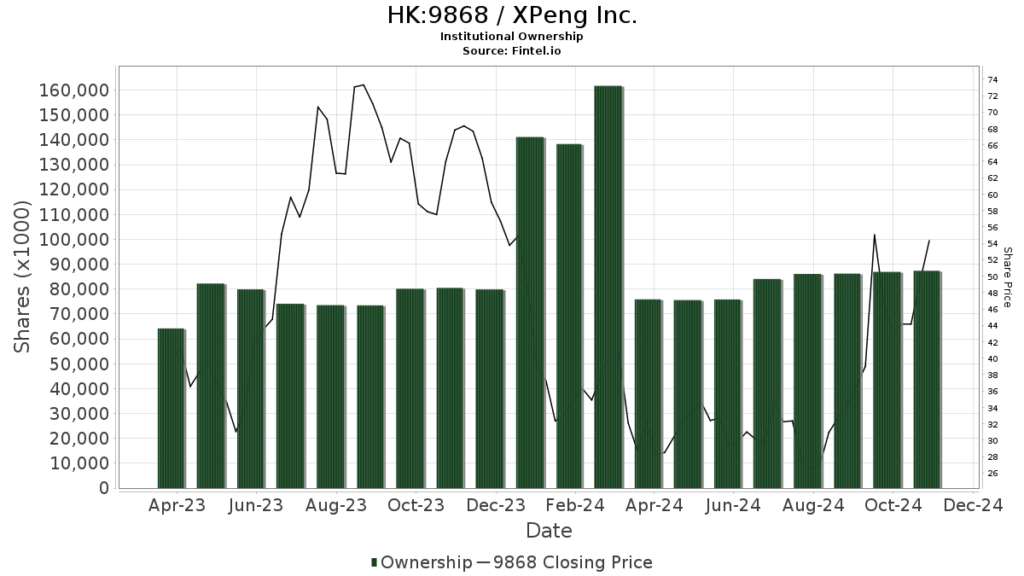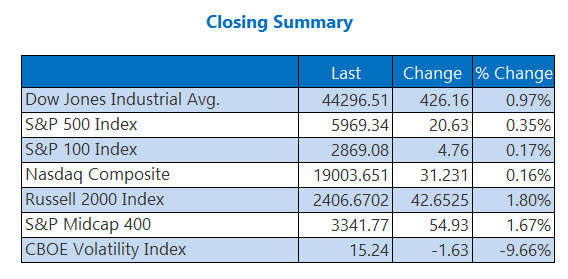
The Changing Work Landscape
The tumultuous wave of the COVID-19 pandemic has reshaped the very fabric of the American workforce, ushering in a new era where remote and hybrid work models have become the norm.
A Surge in Labor Market Participation
The Federal Reserve’s latest Monetary Policy Report released on March 1 highlighted a significant increase in the employment-population ratio (EPOP) for prime-age women, reaching a record high in 2023. This spike in female employment can be attributed to the rising labor force participation, fueled by a blend of tight labor market conditions and the widespread availability of remote work options.
Industry Response and Economic Growth
Real GDP saw a robust surge, accelerating to 4% in the second half of 2023 from a rate of 2.2% in the initial half, culminating in a 3.1% expansion for the full year. This growth outpaced the 2022 rates despite challenging financial circumstances marked by heightened long-term interest rates.
Insights from Industry Leaders
Rick Rieder, BlackRock’s global chief investment officer of fixed income, highlighted the remarkable uptick in labor market participation among prime-age women due to the flexibility of remote work policies post-pandemic. The resonance between labor market growth and GDP expansion was underlined in Rieder’s recent sentiments.
The Tech Boom and Productivity
Demand for remote work solutions, including communication tools and cybersecurity services, has skyrocketed alongside the adoption of remote work setups. Companies like Zoom Video Communications and Slack Technologies have seen significant gains as investors bet on the sustainability of remote work models.
The Impact on Productivity
Research from the Federal Reserve Bank of San Francisco suggests that while remote work has become widespread, its effect on productivity growth across various industries has been relatively consistent. The adaptability to remote work did not lead to significant productivity changes, implying that factors beyond remote work may drive productivity variations.
Unveiling Housing Market Opportunities
The shift towards flexible work-from-home policies has propelled the U.S. housing market value by $2 trillion over the past year, reaching a total worth of $47.5 trillion despite rising mortgage rates. Housing giants like D.R. Horton, Lennar Corporation, and Toll Brothers are well-positioned to benefit amid higher mortgage rates.



